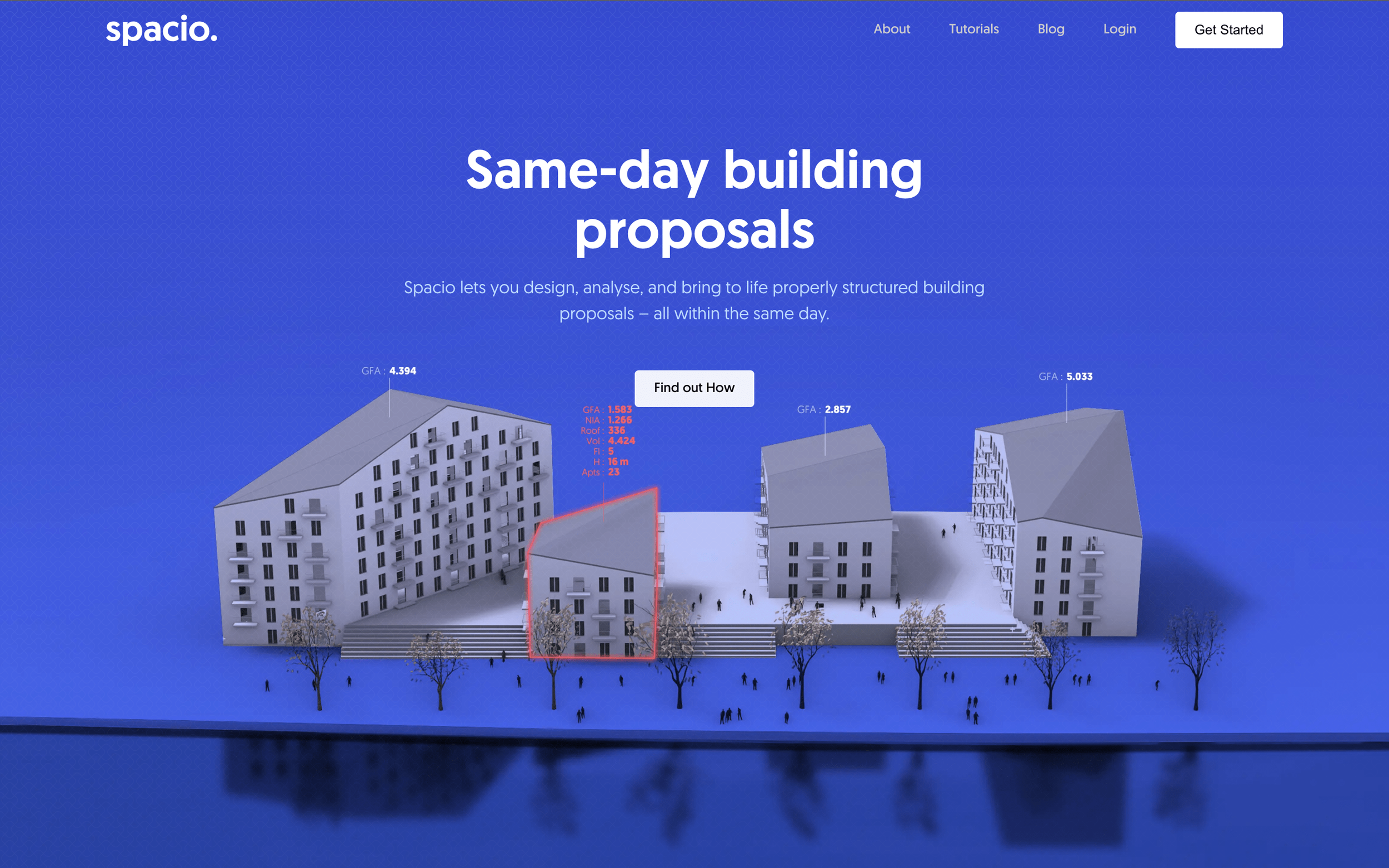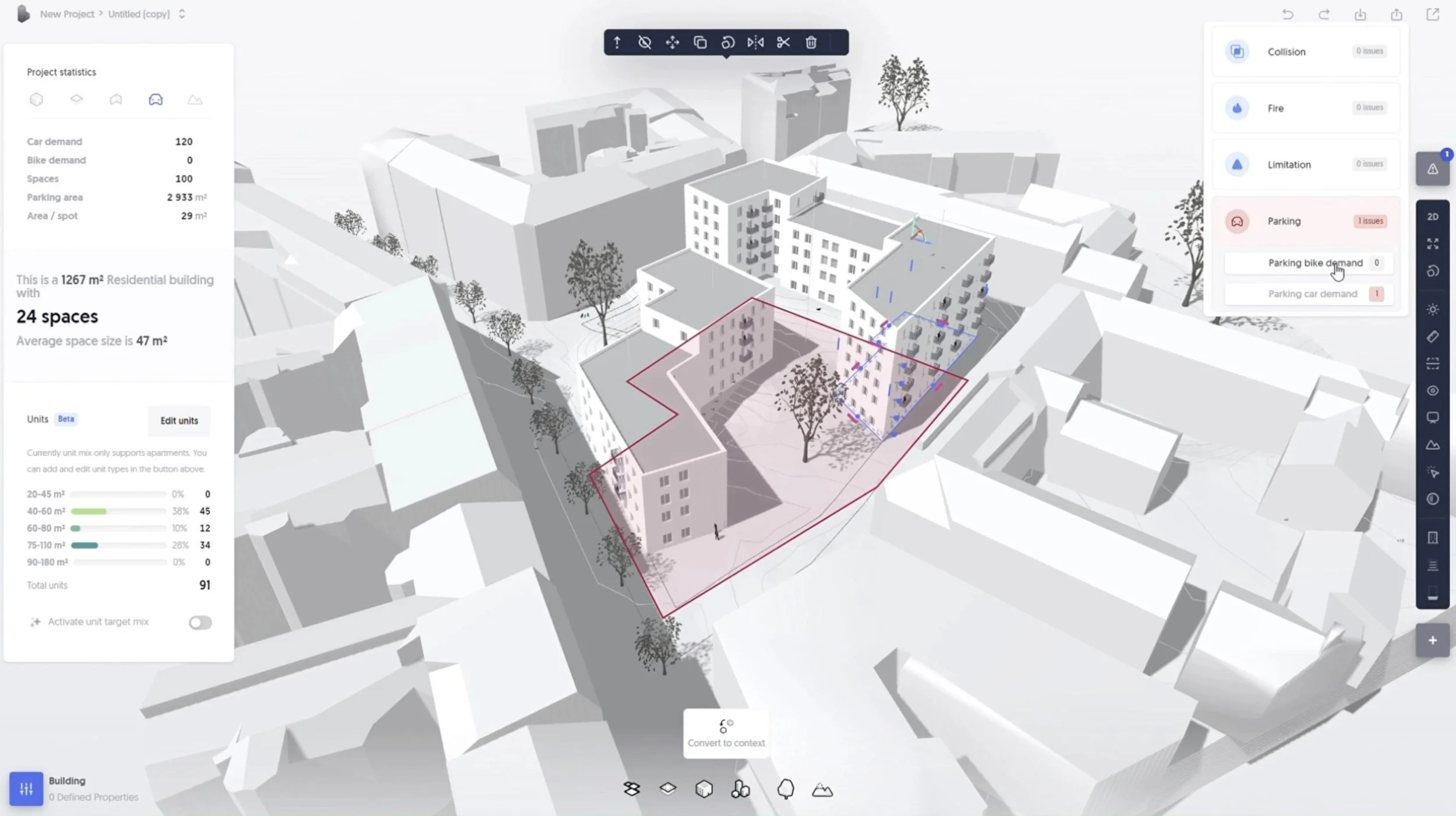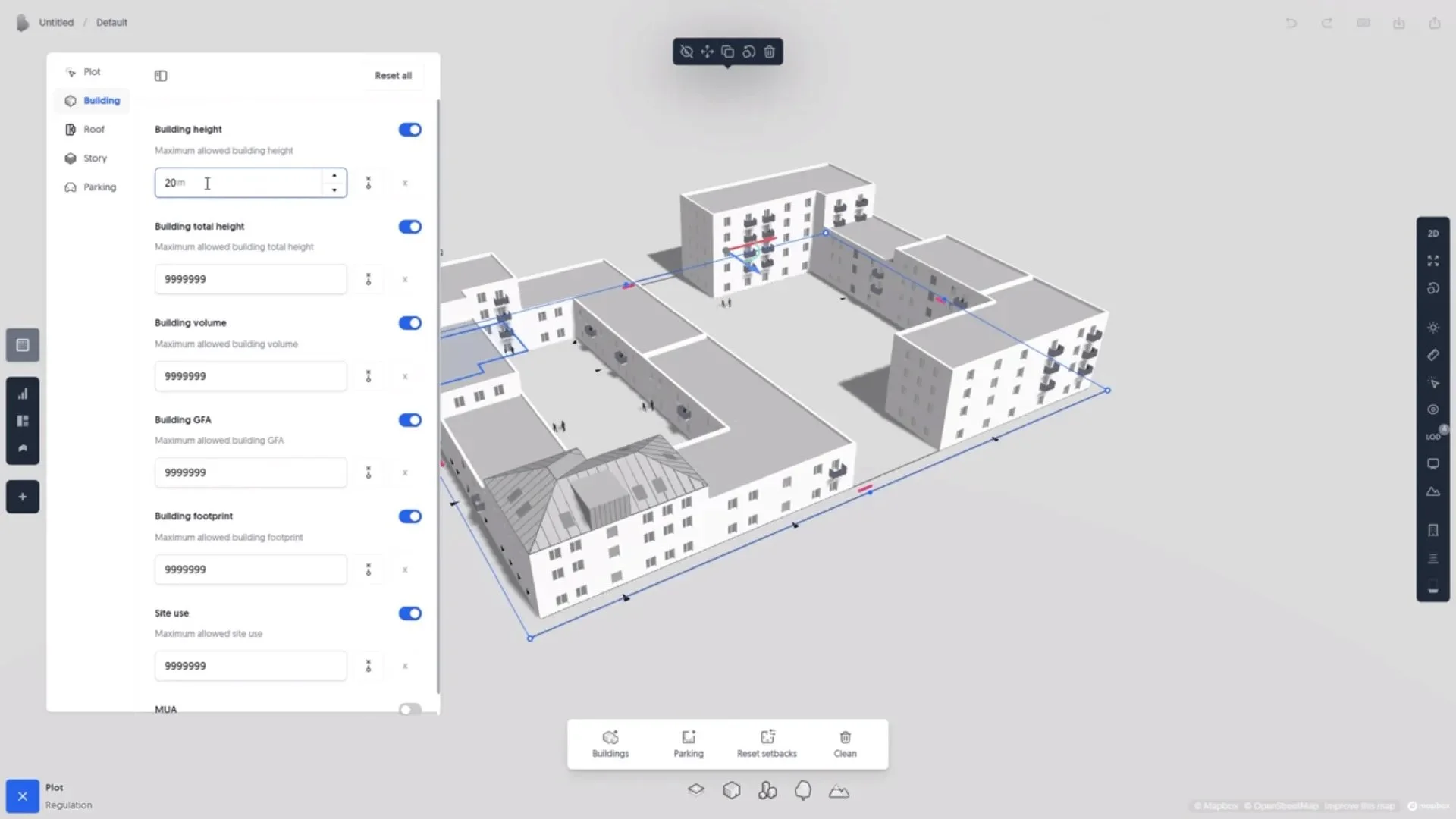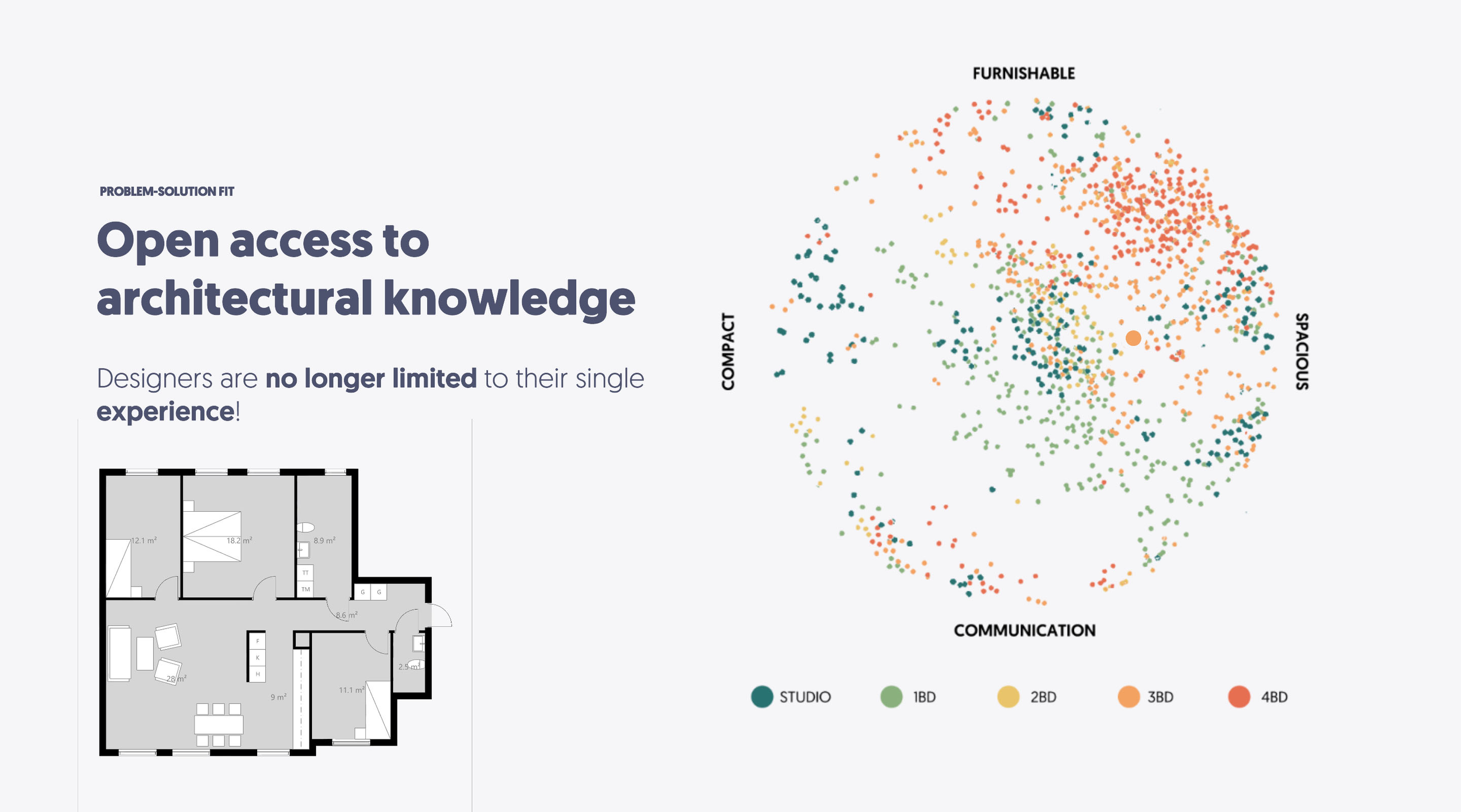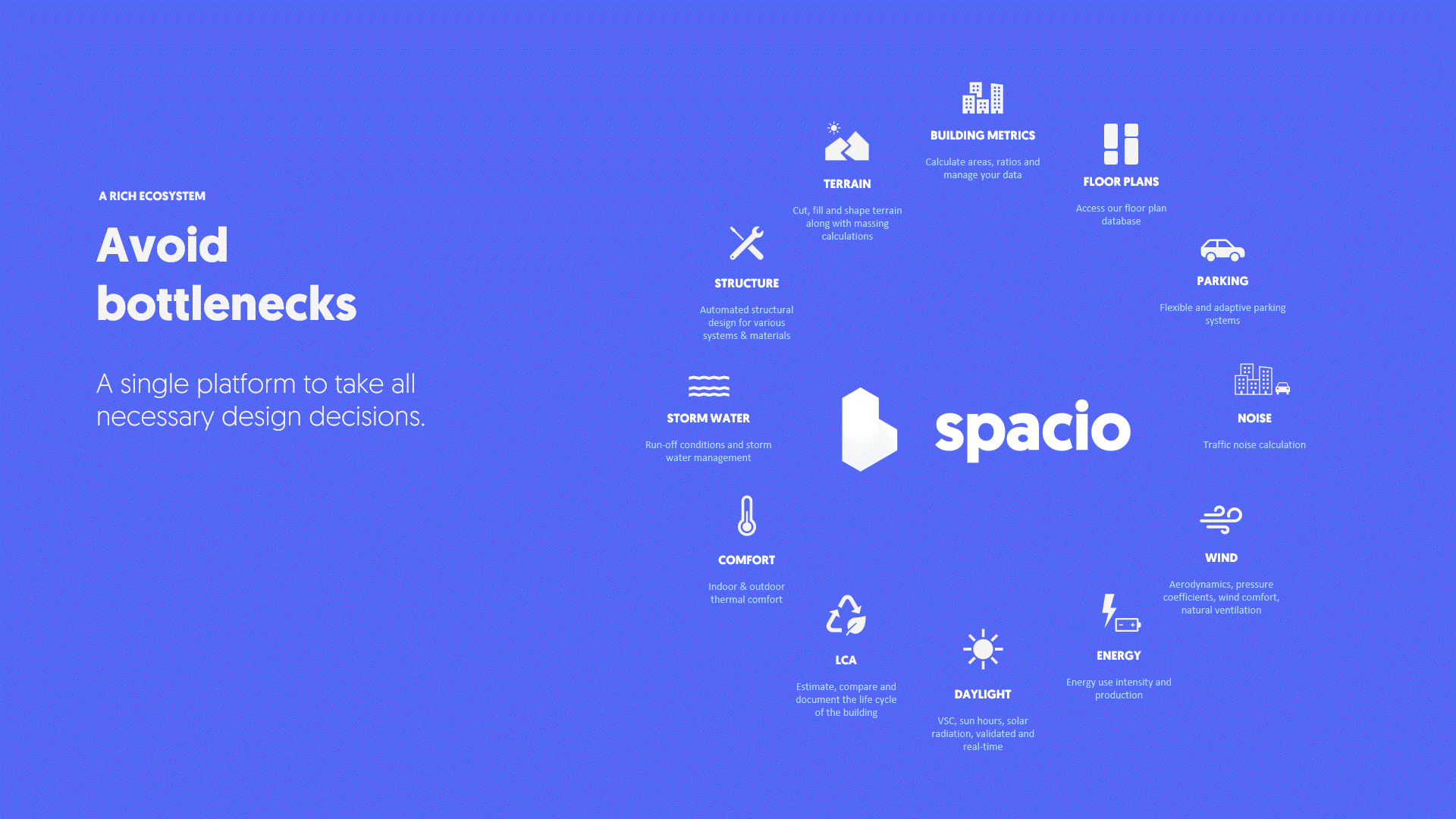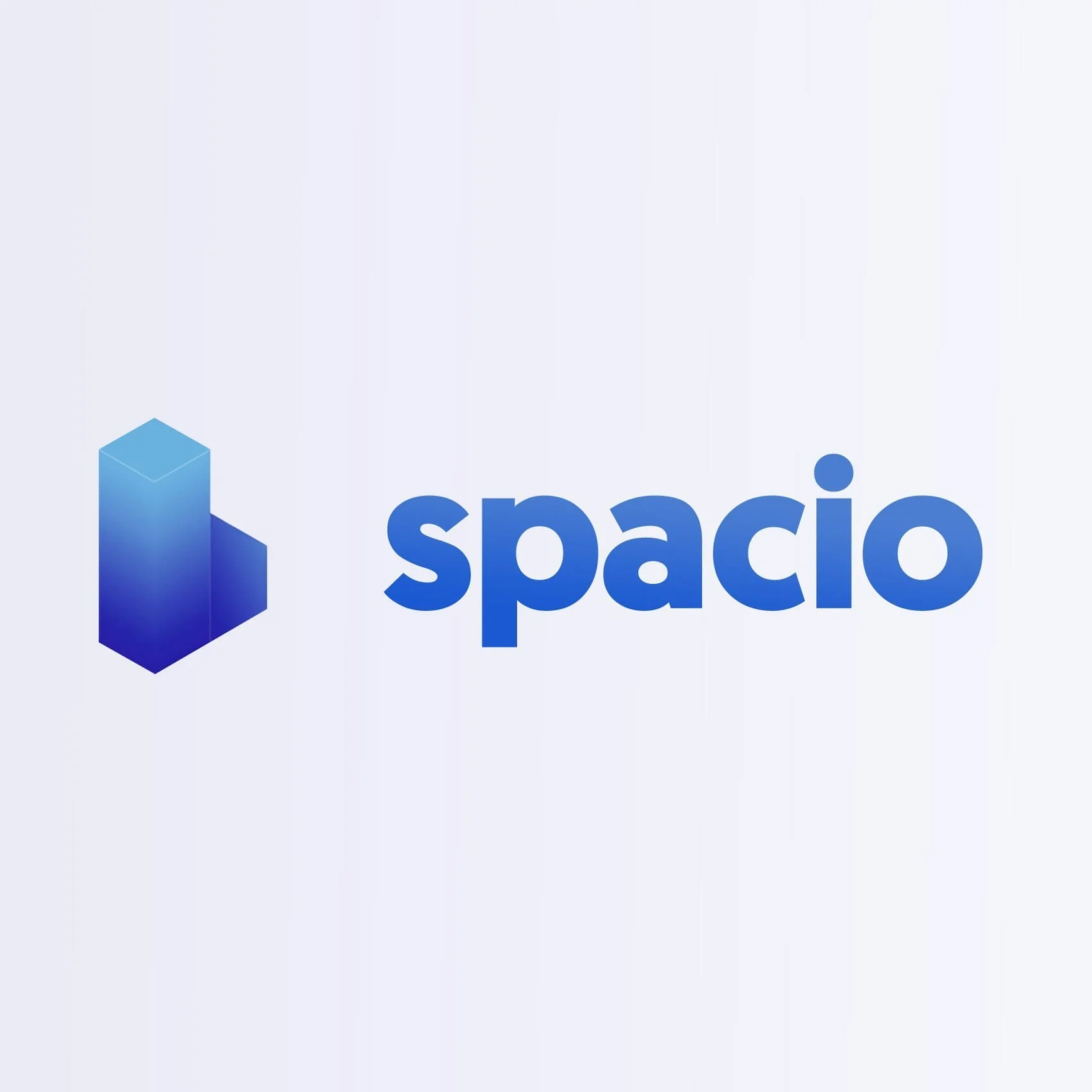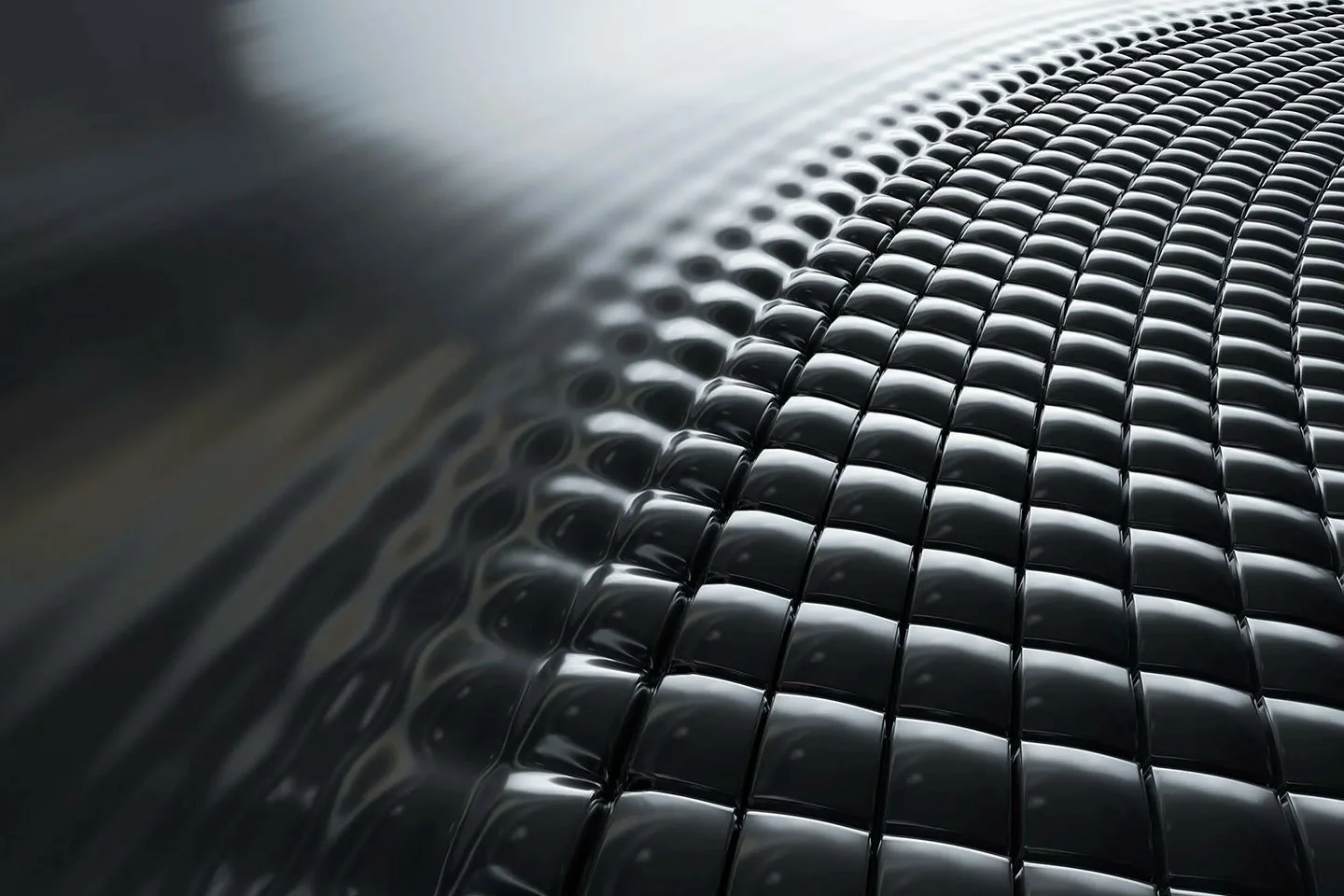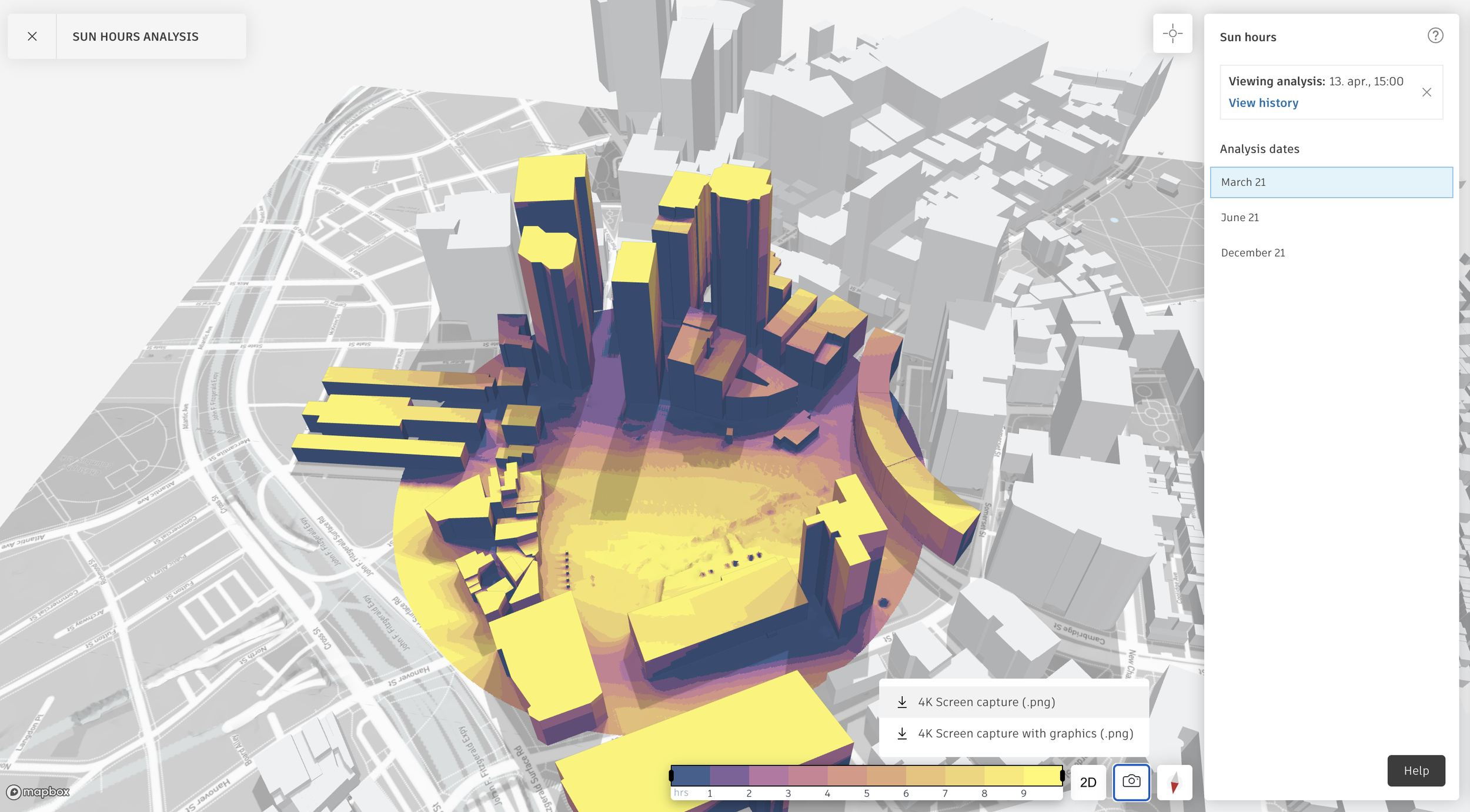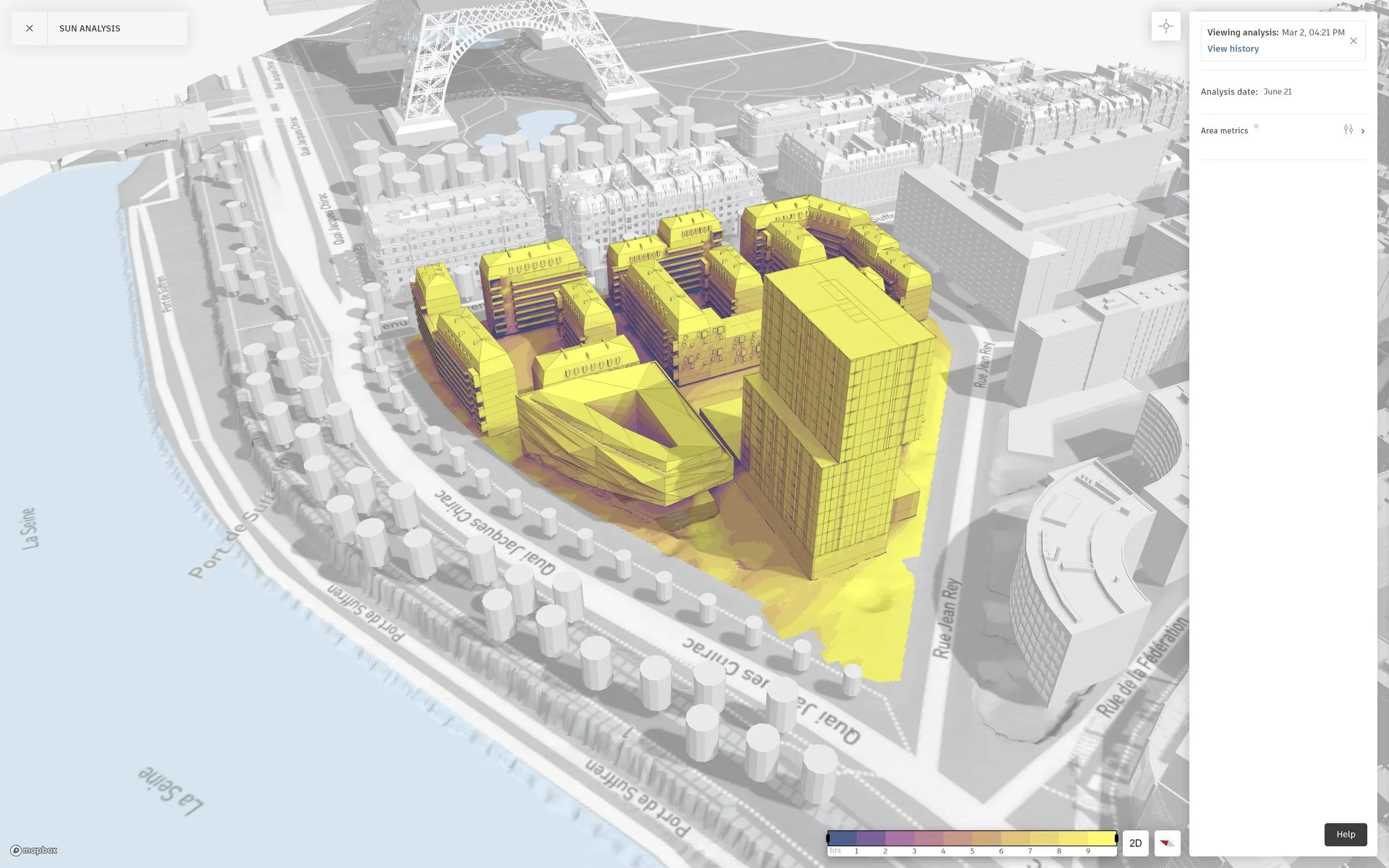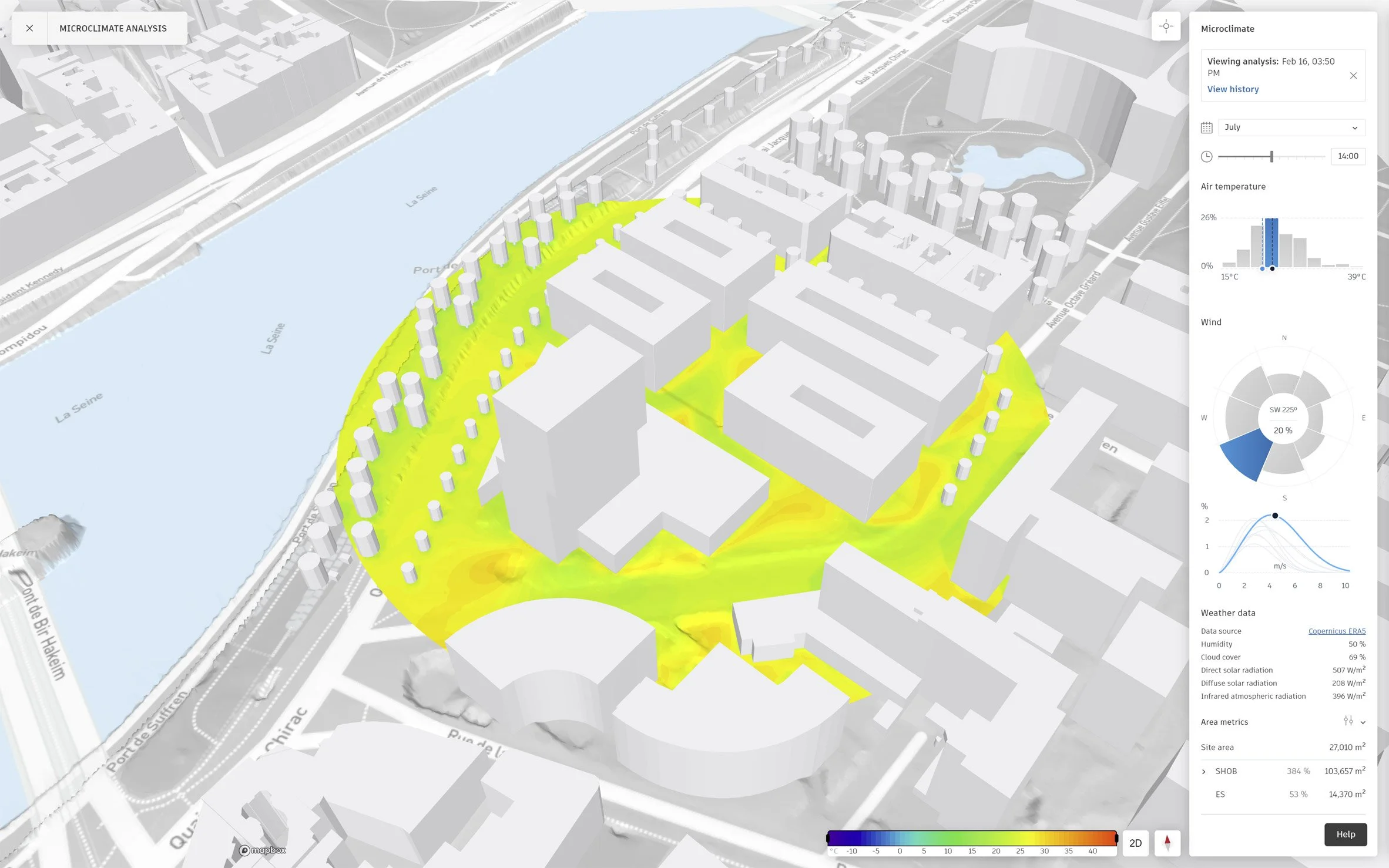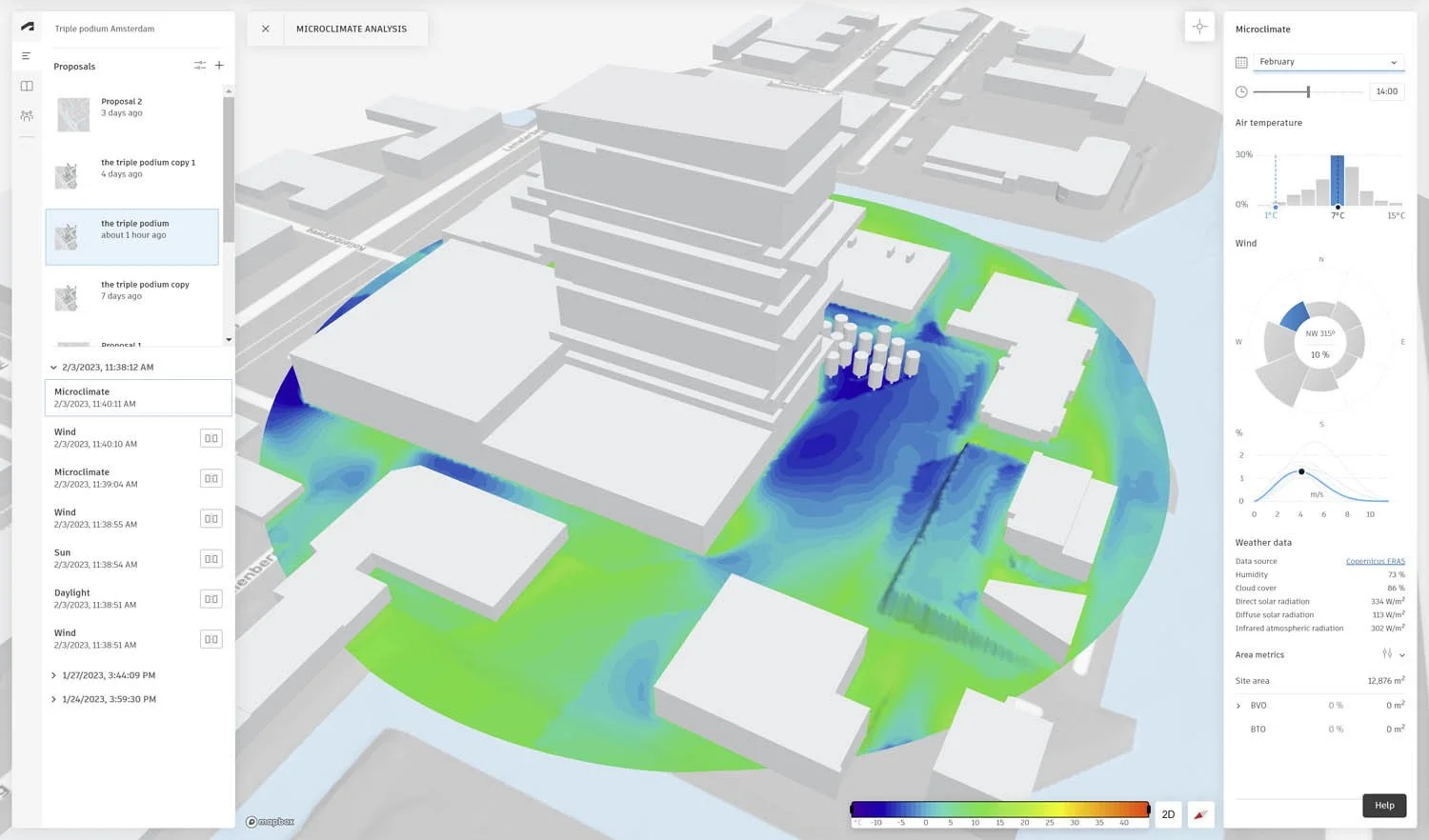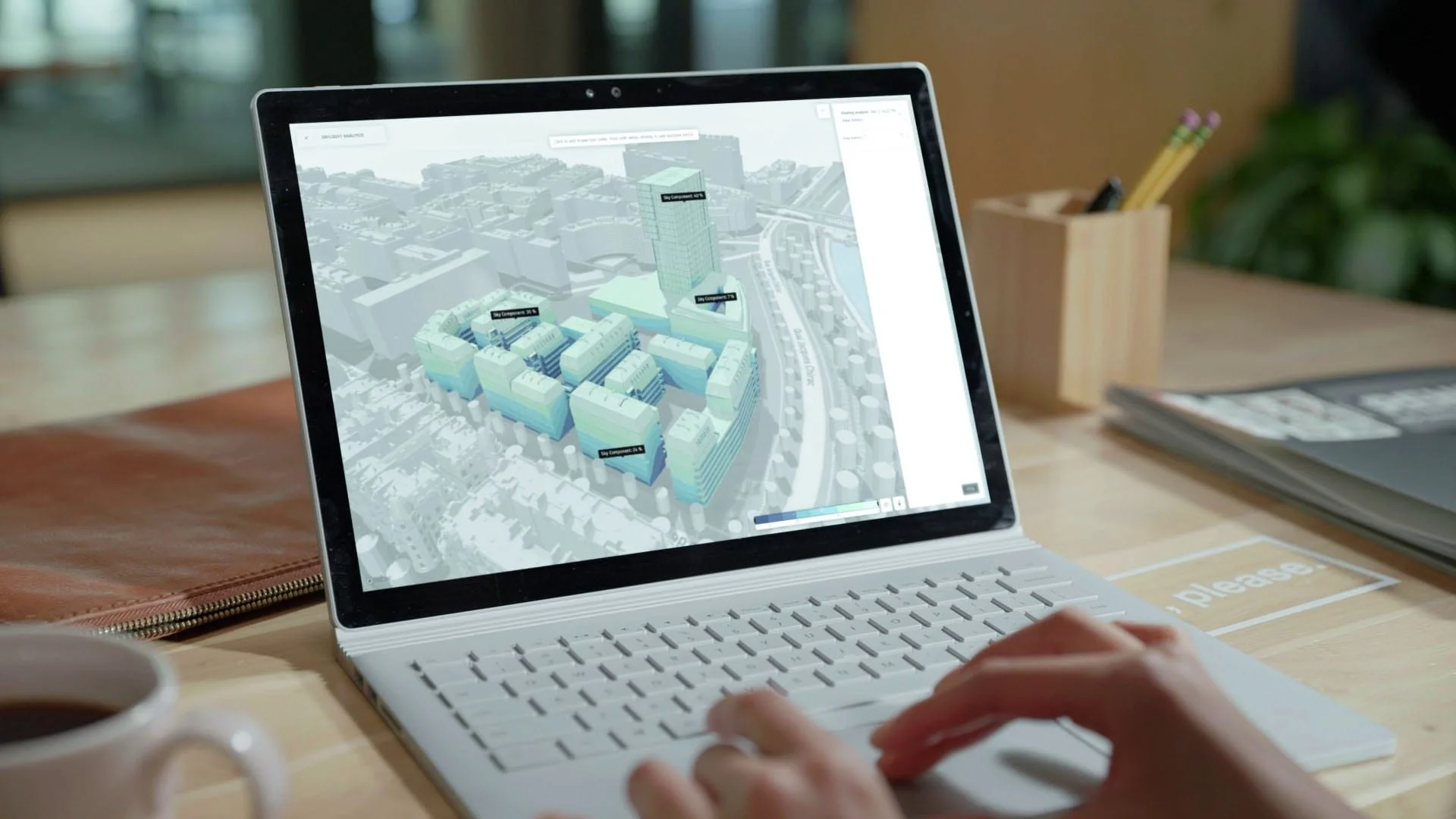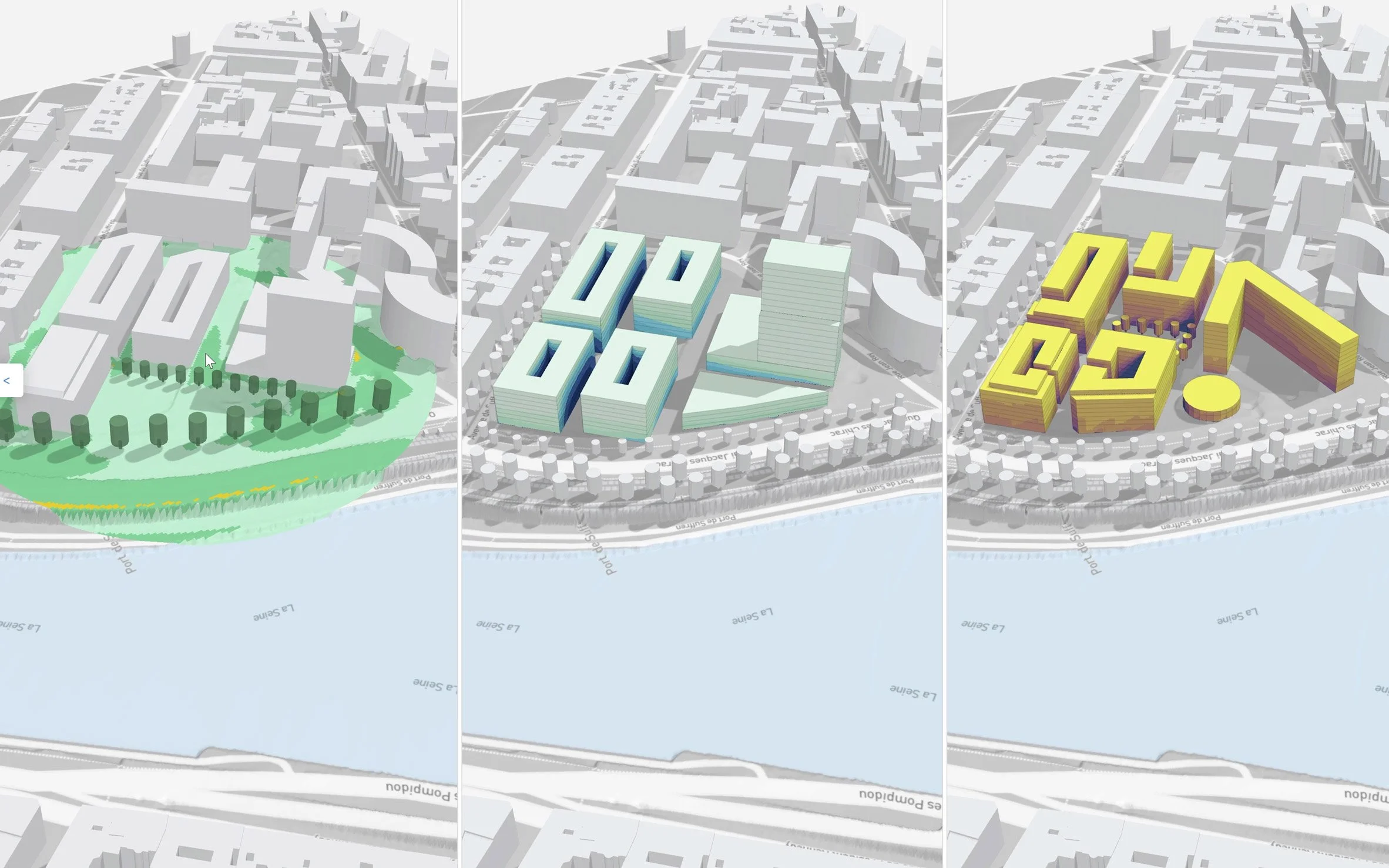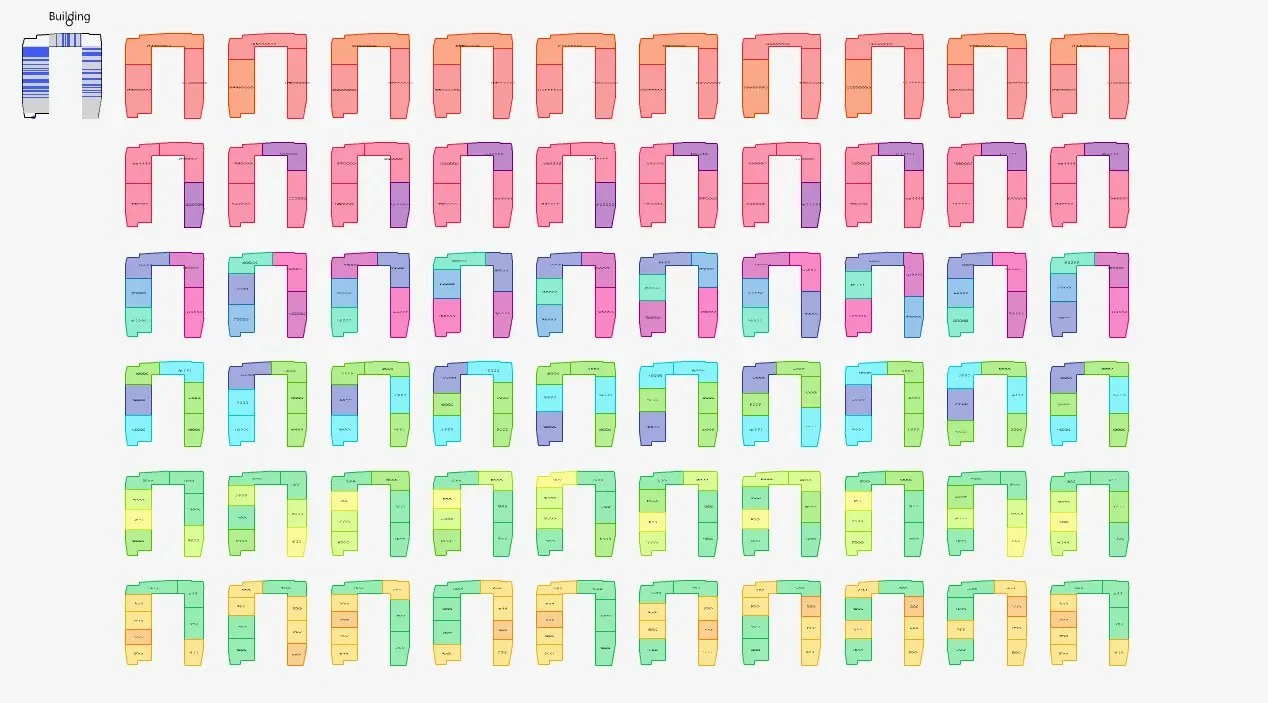 Image 1 of 9
Image 1 of 9

 Image 2 of 9
Image 2 of 9

 Image 3 of 9
Image 3 of 9

 Image 4 of 9
Image 4 of 9

 Image 5 of 9
Image 5 of 9

 Image 6 of 9
Image 6 of 9

 Image 7 of 9
Image 7 of 9

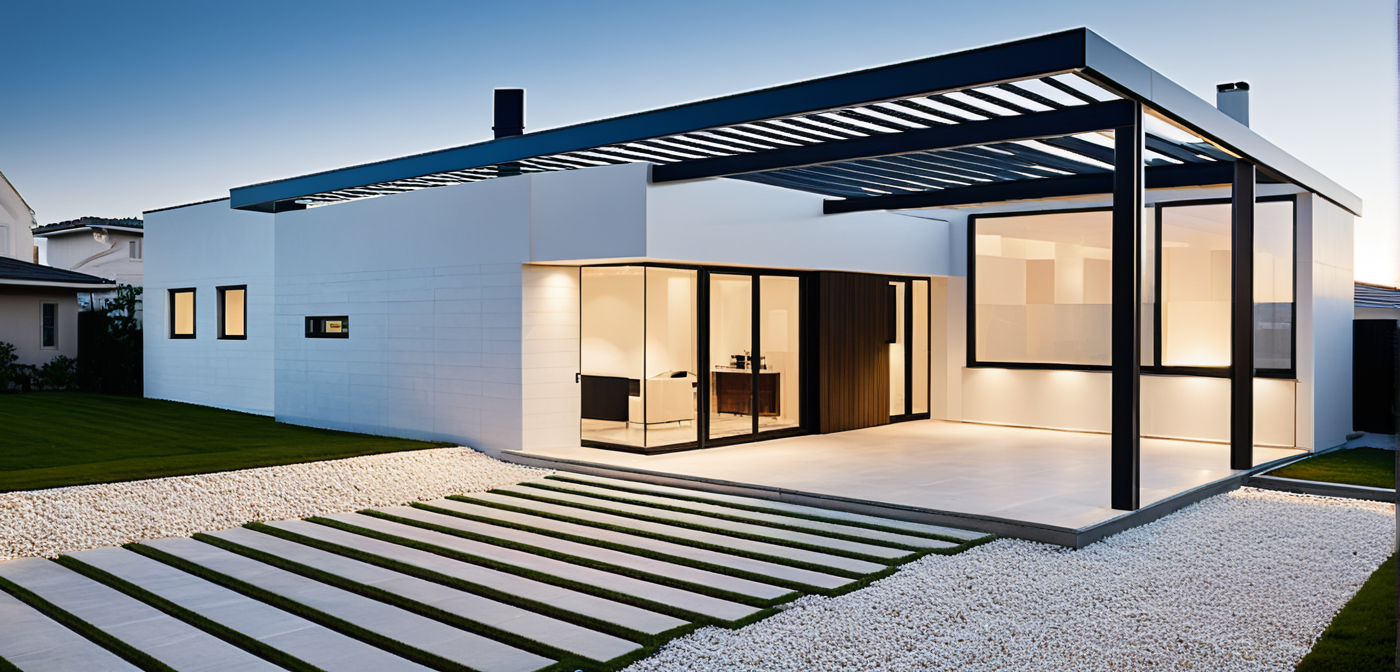 Image 8 of 9
Image 8 of 9

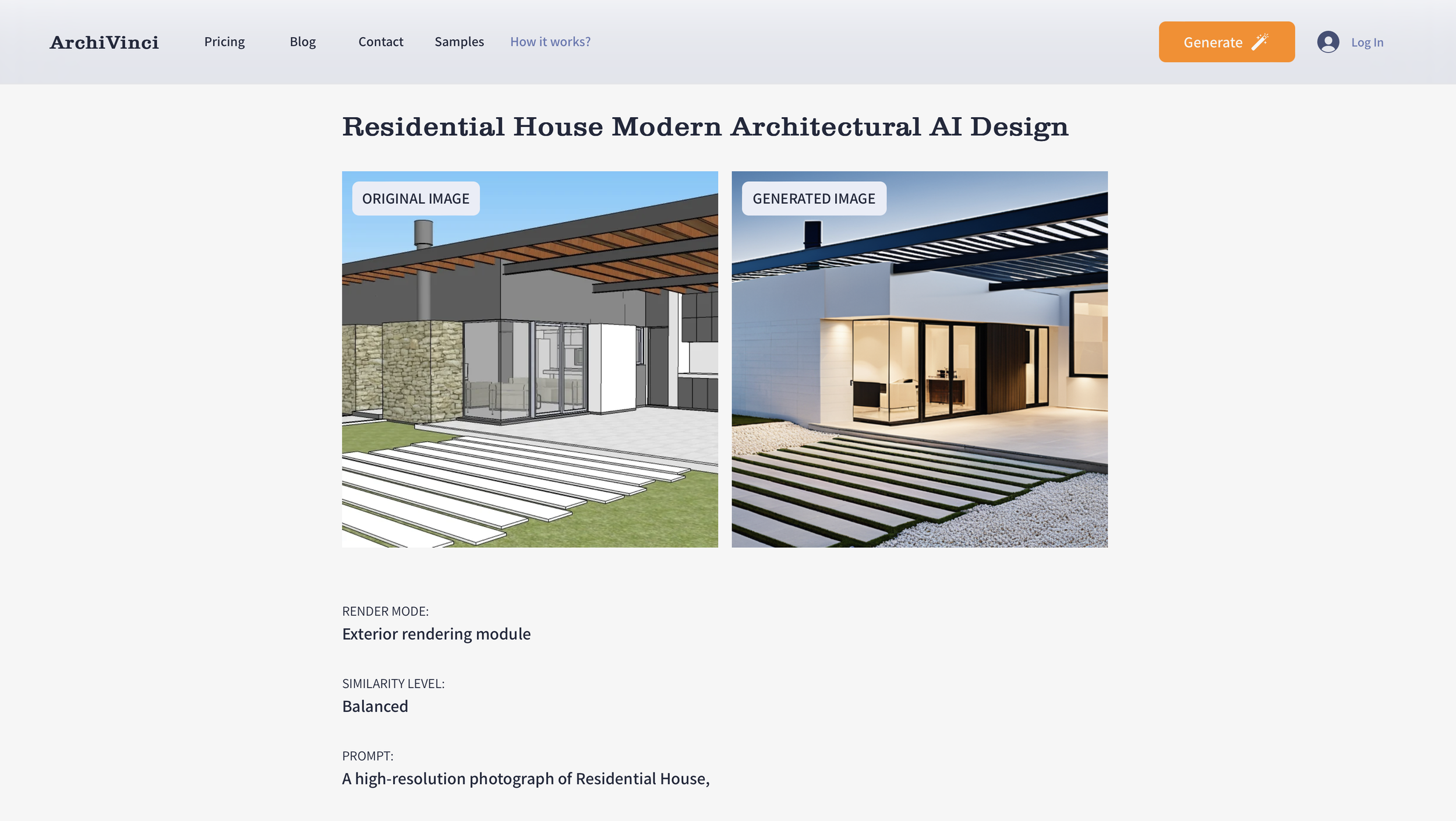 Image 9 of 9
Image 9 of 9










ArchiVinci can conceptualise regenerative architectural solutions
ArchiVinci, founded in 2019, is an innovative suite of AI-driven design tools aimed at revolutionising the architectural design process. The platform empowers users to transform sketches into detailed architectural designs and enhance various aspects of design, from exteriors to interiors and landscapes. ArchiVinci's mission is to streamline the design process, saving time and effort while providing intelligent design interpretations and realistic renderings. The primary users of ArchiVinci include architects, interior designers, landscape architects, and real estate developers.
Location
Operations: Global reach with users in multiple countries.
Strategic Reach: Cloud-based platform accessible worldwide.
The Circular Vision
Design Principles: Promotes efficient use of resources by enabling rapid design iterations and reducing the need for physical models.
Resource Optimization: AI-driven tools optimise material usage and energy consumption by providing precise and realistic renderings.
Life Cycle Considerations: Facilitates early-stage design optimization, potentially reducing waste in later stages of development.
Leveraging for Good: Creators can use ArchiVinci to rapidly iterate on sustainable design options, promoting more environmentally friendly building practices.
Pioneering Solutions
Key Features: AI-powered sketch-to-render, image-to-render, and masterplan colouring tools; real-time visualisation; and smart design recommendations.
Unique Value Proposition: Significantly reduces design time while ensuring high-quality, realistic renderings that meet user-defined criteria.
The Regenerative Future
Ecosystem Support: Enables the rapid exploration of sustainable design options, potentially leading to more environmentally friendly buildings.
Future Development: Continuous enhancement of AI algorithms to further improve sustainability and efficiency in design.
Creative Empowerment: Empowers designers to focus on creative aspects by automating technical and rendering tasks.
Ethical Considerations
Data Usage: Handles sensitive design data with a focus on data privacy and security.
Bias Mitigation: AI algorithms may need ongoing monitoring to ensure unbiased design suggestions.
Transparency: Provides real-time visualisation of design changes and their impacts.
Guardrails: Ensures the integrity of design lines and details during the rendering process.
Challenges: Potential over-reliance on AI-generated designs, possibly limiting human creativity if not properly balanced.
Fact Sheet
Availability: Globally accessible cloud-based platform.
RIBA Stages: Most useful in stages 2-4 (Concept Design, Developed Design, Technical Design).
Circular Potential: 4/5.
Key Integrations: Compatible with SketchUp, 3Ds Max, Revit, and other 3D modelling software.
Cost Structure: Subscription-based model (specific pricing not provided).
Carbon Impact: Indirect positive impact through optimised building designs, but platform's own carbon footprint not specified.
Key Takeaway
ArchiVinci is pioneering the integration of AI in architectural design, offering a platform that dramatically reduces design time while optimising for efficiency and sustainability. It has the potential to transform the early stages of building design, enabling rapid iteration and exploration of sustainable options.
Explore Further
ArchiVinci, founded in 2019, is an innovative suite of AI-driven design tools aimed at revolutionising the architectural design process. The platform empowers users to transform sketches into detailed architectural designs and enhance various aspects of design, from exteriors to interiors and landscapes. ArchiVinci's mission is to streamline the design process, saving time and effort while providing intelligent design interpretations and realistic renderings. The primary users of ArchiVinci include architects, interior designers, landscape architects, and real estate developers.
Location
Operations: Global reach with users in multiple countries.
Strategic Reach: Cloud-based platform accessible worldwide.
The Circular Vision
Design Principles: Promotes efficient use of resources by enabling rapid design iterations and reducing the need for physical models.
Resource Optimization: AI-driven tools optimise material usage and energy consumption by providing precise and realistic renderings.
Life Cycle Considerations: Facilitates early-stage design optimization, potentially reducing waste in later stages of development.
Leveraging for Good: Creators can use ArchiVinci to rapidly iterate on sustainable design options, promoting more environmentally friendly building practices.
Pioneering Solutions
Key Features: AI-powered sketch-to-render, image-to-render, and masterplan colouring tools; real-time visualisation; and smart design recommendations.
Unique Value Proposition: Significantly reduces design time while ensuring high-quality, realistic renderings that meet user-defined criteria.
The Regenerative Future
Ecosystem Support: Enables the rapid exploration of sustainable design options, potentially leading to more environmentally friendly buildings.
Future Development: Continuous enhancement of AI algorithms to further improve sustainability and efficiency in design.
Creative Empowerment: Empowers designers to focus on creative aspects by automating technical and rendering tasks.
Ethical Considerations
Data Usage: Handles sensitive design data with a focus on data privacy and security.
Bias Mitigation: AI algorithms may need ongoing monitoring to ensure unbiased design suggestions.
Transparency: Provides real-time visualisation of design changes and their impacts.
Guardrails: Ensures the integrity of design lines and details during the rendering process.
Challenges: Potential over-reliance on AI-generated designs, possibly limiting human creativity if not properly balanced.
Fact Sheet
Availability: Globally accessible cloud-based platform.
RIBA Stages: Most useful in stages 2-4 (Concept Design, Developed Design, Technical Design).
Circular Potential: 4/5.
Key Integrations: Compatible with SketchUp, 3Ds Max, Revit, and other 3D modelling software.
Cost Structure: Subscription-based model (specific pricing not provided).
Carbon Impact: Indirect positive impact through optimised building designs, but platform's own carbon footprint not specified.
Key Takeaway
ArchiVinci is pioneering the integration of AI in architectural design, offering a platform that dramatically reduces design time while optimising for efficiency and sustainability. It has the potential to transform the early stages of building design, enabling rapid iteration and exploration of sustainable options.
Explore Further




